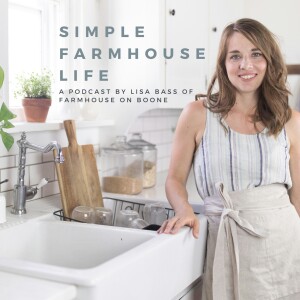More Episodes
Prefabricated Home Build FAQ
 2021-11-18
2021-11-18
Interview with a Client: Designing a Modular Home
 2021-09-01
2021-09-01
Designing Your Home to Survive Extreme Weather
 2021-03-02
2021-03-02
20 Ways to Refresh Your Home for Spring
 2021-02-12
2021-02-12
How will Coronavirus Change Home Design in the Future?
 2020-07-04
2020-07-04
7 Essentials for Starting Your Home Renovation or New Home Design Project
 2020-02-13
2020-02-13
Best Time of Year to Buy Things for Your Home
 2020-02-05
2020-02-05
New Year’s Resolutions for Your Home
 2020-01-08
2020-01-08
Front Porch Design: Outdated to Updated
 2019-12-16
2019-12-16
Home Design Podcast: Inside, Outside, & Upside Down
 2019-10-01
2019-10-01
Fun Trends in Home Decor
 2019-04-26
2019-04-26
Notre Dame Cathedral is Burning
 2019-04-15
2019-04-15
How to Change Your Bachelor Pad into a Family Home
 2019-03-29
2019-03-29
Saving the Oldest Church in Paris
 2019-02-07
2019-02-07
Tidying Up with Marie Kondo: Expectations vs. Reality
 2019-01-30
2019-01-30
Best Gifts for Future Architects
 2018-11-21
2018-11-21
Home Design and Property Secrets You Need to Know
 2018-11-07
2018-11-07
Get Rid of Your Stuff to Re-Imagine Your Home
 2018-10-24
2018-10-24
Alexander Mansion Restoration
 2018-10-13
2018-10-13
Create your
podcast in
minutes
- Full-featured podcast site
- Unlimited storage and bandwidth
- Comprehensive podcast stats
- Distribute to Apple Podcasts, Spotify, and more
- Make money with your podcast
It is Free
You may also like

The Old Man’s Podcast


My Slice of Life


Simple Farmhouse Life


The Beginner’s Garden with Jill McSheehy


Homemaker Chic


- Privacy Policy
- Cookie Policy
- Terms of Use
- Consent Preferences
- Copyright © 2015-2024 Podbean.com



 iOS
iOS Android
Android